Introduction
The textile industry stands as one of the oldest sectors, weaving through the fabric of human civilisation. Despite its rich history, the industry faces a myriad of challenges, from labour-intensive processes to the demand for sustainable practices. Textile manufacturers are constantly striving to innovate and adapt. AI is touching every aspect of textile manufacturing, from predicting equipment failures to revolutionising product design and making operations smoother and more sustainable.
According to the World Economic Forum, AI-driven optimisation of manufacturing processes has resulted in a 20% reduction in energy consumption and a 15% decrease in water usage in textile production facilities. In this article, we will demonstrate how AI-driven technologies are reshaping fabric design, production optimisation, trend detection, quality control, and customer engagement, offering new opportunities for innovation and growth.
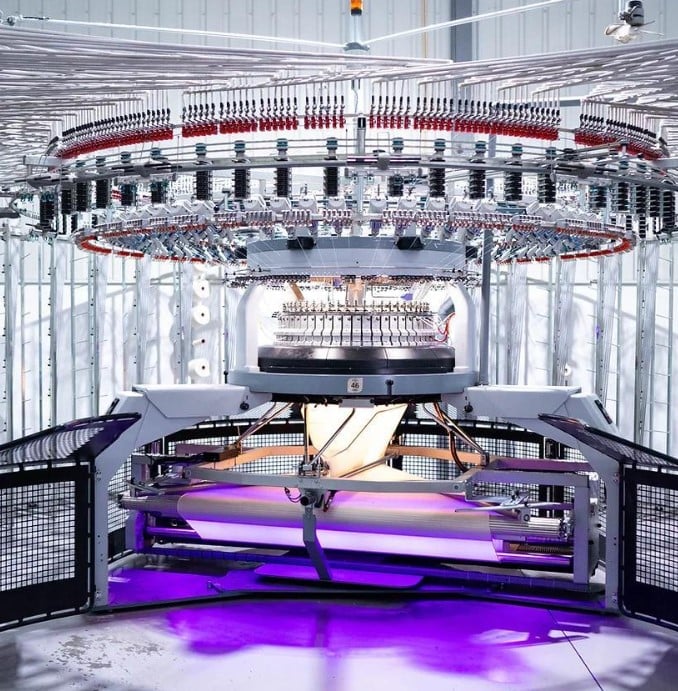
Generative AI in Textile Manufacturing Design
In this intricate world of textile design, creativity knows no bounds. But, achieving truly unique and creative designs has often been a labour-intensive process. Hence, Generative AI creates new patterns, materials, and designs based on input parameters like colour schemes, textures, and design constraints. This allows textile designers to explore new realms of creativity that would have been impractical or even impossible using traditional methods.
Generative AI also optimises dye formulations for more sustainable production processes. By analysing vast datasets of dye and fabric properties, Generative AI algorithms can recommend the most efficient dyeing processes, reducing both costs and environmental impact.
Bio-textile development using Generative AI algorithms
A World Economic Forum states traditional textile production is responsible for 20% of world water pollution and 10% of carbon emissions. Chemical-free “biotextiles” use natural and non-toxic substances like bamboo, hemp, natural cotton or even bacteria and protein. These materials reduce carbon footprint and less reliance on harmful chemicals typically used in traditional textile production.
Generative AI algorithms create textiles with unique patterns, structures, and properties. By analysing data on biomaterial properties and environmental impact factors, these algorithms can generate innovative fabric compositions without compromising on quality. This results in reduced water usage and decreased energy consumption compared to traditional textile methods.

Tech Clothing Design Through AI-Driven Creativity
The global wearable tech market is predicted to reach $87 billion in 2025, driven by rising consumer interest in products like fitness trackers and smartwatches. In tech clothing, AI algorithms personalise clothing recommendations based on individual style preferences, body measurements, and feedback. Researchers at MIT produced a programmable clothing fabric that uses AI for fabric design to control the garment’s texture and appearance in real time, opening up new possibilities for interactive and adaptive clothing designs.
Companies such as Google’s Project Jacquard and Sensoria Fitness are using AI in designing clothing with built-in sensors, which track physiological data and map activities. The AI algorithms embedded in Sensoria’s smart socks interpret the running technique and give immediate feedback to the users during exercise. However, Adidas’ partnership with Carbon uses AI to design 3D-printed midsoles for sneakers for lighter, durable and sustainable footwear.

Generative AI for Automotive Furniture
When you step into a car, have you ever thought about seats and interiors? Well, AI is helping car interior designers create more comfortable, stylish, and innovative automotive furniture. Traditionally, designing automobile furniture requires considerable manual exertions, but with Generative AI, designers can input criteria like ergonomic necessities, material preferences, and space constraints, allowing AI systems to generate numerous design alternatives right away.
Whether you opt for plush cushions or ergonomic support, Generative AI can create seat designs that prioritise your comfort during long drives. It considers factors like weight distribution, passenger comfort, and aesthetic preferences by studying information from past designs, user feedback, and market trends. Ford Motor leveraged Generative AI algorithms to optimise space and enhance comfort in its vehicles, reducing the weight of its car seats by up to 50%, resulting in improved fuel efficiency without compromising on comfort.
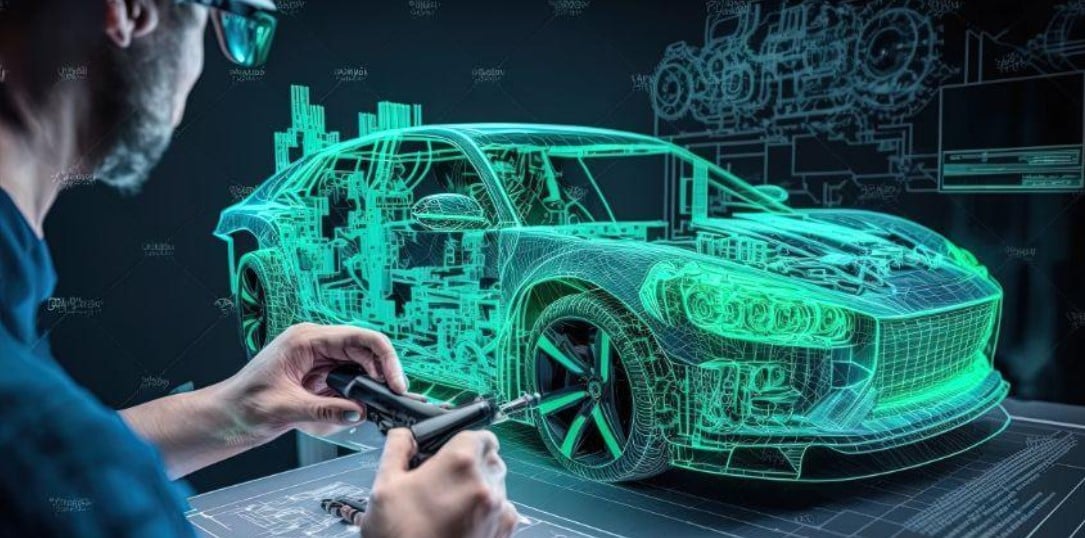
Creating Clothing for Outer Space with Generative AI
Space clothing is necessary to ensure astronauts are comfortable, safe, and productive in a very tough outer space environment. Generative AI is employed to design space clothing that is both durable and functional but also customised to the unique challenges of space travel. Generative AI creates clothing designs according to astronauts’ body shapes and preferences by analysing data on astronaut physiology, mission requirements, and fabric properties. It can also incorporate advanced materials and fabrication strategies to ensure astronauts’ safety and comfort during space missions.

Read more: Exploring Outer Space with the Help of AI Innovations
Computer Vision for Color Matching & Fabric Defect Detection
Did you ever get a piece of clothing delivered online and discover the colour was different in real life than it looked on your screen? Or discovered a flaw in a fabric after it was already made into a garment? In order to achieve high-quality products in the textile industry, it is important to obtain the right colour and ensure the quality of the fabric. However, matching colours manually and finding imperfections in textile fabrics can be time-consuming. By leveraging Computer Vision (CV) technology, manufacturers can ensure consistent colour accuracy and product quality, ultimately enhancing customer experience and driving efficiency in production processes.
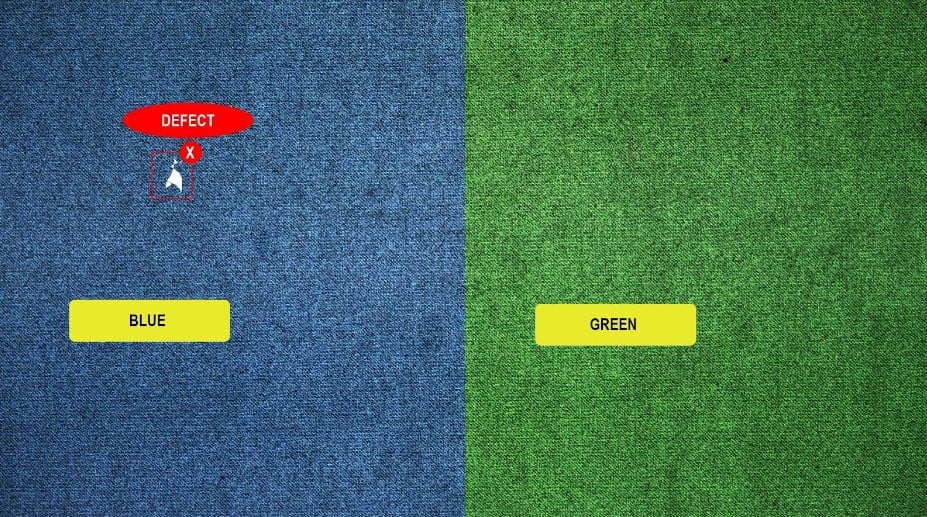
Automating Precise Color Matching
Whether it’s dyeing fabric or printing styles, even minor variations in colours can result in rejected products and upset customers. Computer Vision automates the colour-matching procedure to analyse and compare colours, enabling precise shade matching without human intervention. These systems detect subtle differences in colour that can be imperceptible to the human eye.
The Computer Vision system captures images of fabric samples under controlled lighting conditions. Using AI in dye formulation, the system analyses the images to determine colour values and compare them to the desired standard. If any discrepancies are found, the system automatically adjusts the dye formulation to achieve the desired colour match.
AR/VR/XR for Inspection & Quality Control
On the other hand, human inspectors may miss subtle defects, leading to inconsistencies in product quality. This process causes delays in production and increases costs. That’s where the combination of computer vision with augmented reality (AR), virtual reality (VR), and mixed reality (XR) steps in, transforming the way inspections are conducted and quality is controlled.
Augmented Reality (AR) allows inspectors to visualise defect detection in real-time. Inspectors can quickly identify and address defects without the need for physical samples, reducing errors. With virtual reality (VR), inspectors can examine textiles in 3D, enabling them to view textiles from multiple angles and facilitating thorough quality assessments.
For instance, Airbus used Augmented Reality (AR) for aircraft inspection processes. Inspectors equipped with AR glasses could visualise aircraft components overlaid with digital annotations and defect detection indicators in real-time. Airbus reported a significant reduction in inspection time by up to 30%, leading to increased efficiency and cost savings in aircraft maintenance.
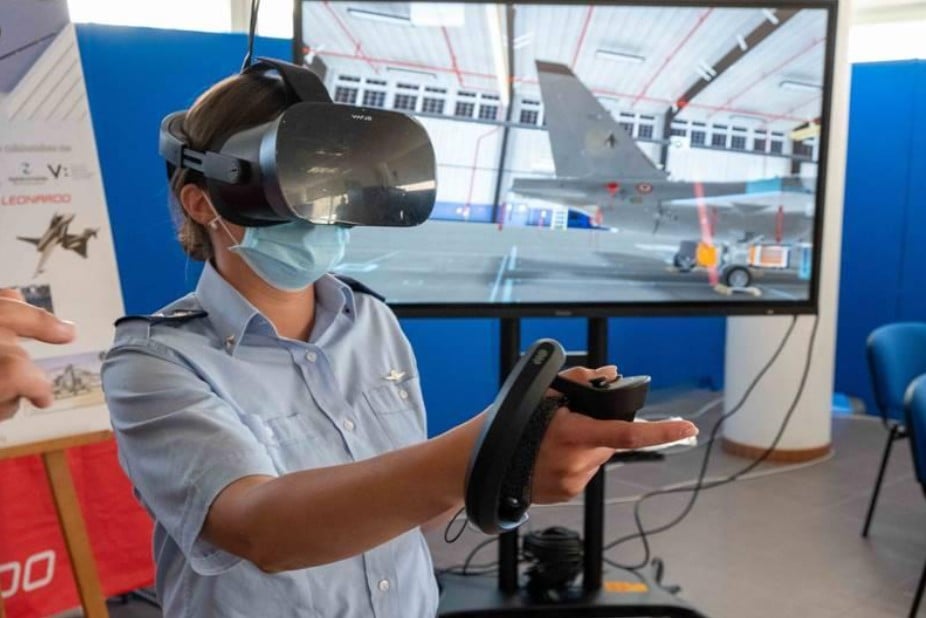
Edge Computing for Manufacturing Processes
Imagine a huge factory bustling with machines weaving threads together, dyeing fabrics, and printing patterns. With so many moving parts, it’s crucial to keep everything running smoothly. This is where edge computing comes into play, which involves putting smart devices right where the action is—on the machines themselves. These devices collect data about how the machines are running in real-time.
Read more: Computer Vision in Manufacturing
Optimising Production Workflows
Imagine weaving machines churning away, dyeing machines adding colour, and printers creating intricate designs—all happening simultaneously. With edge computing, these machines can send data about their performance, temperature, and other important factors directly to the edge devices. Instead of sending data to a faraway server for analysis, edge computing devices are installed directly on the machines themselves.
For example, if a weaving machine starts to show signs of overheating or if a dyeing machine isn’t working as efficiently as it should, the edge device will pick up on these problems right away. This quick identification of issues allows manufacturers to make decisions on the spot to optimise workflows. They can adjust settings, scheduled maintenance, or even reroute production to other machines if needed—all in real time.
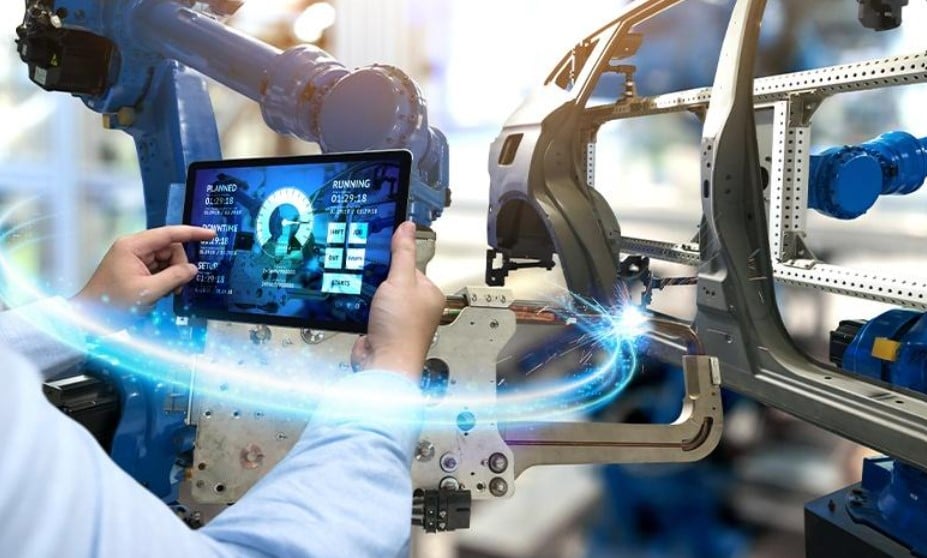
Predictive Maintenance in Weaving Machines
In a weaving factory, machines work tirelessly to produce fabrics that are prone to unexpected breakdowns and costly downtime. With edge computing, instead of relying on fixed maintenance schedules, sensors installed in the weaving machines collect real-time data about various factors like temperature and vibrations. This data is then analysed right on the machines, allowing for immediate insights.
But how does it help detect the factory floor? When the weaving machine exhibits a slight increase in vibration, the edge computing system immediately recognises this anomaly. It cross-references this data with historical patterns and predicts that a particular component might fail in the near future if left unchecked. This prediction triggers a proactive maintenance alert, prompting the technicians to inspect and replace the component before it causes any significant disruption.
NLP for Textile Trend Detection
How do businesses recognise which colours, styles, or fabrics could be on call for next season? Trends evolve rapidly, stimulated through social media, movie star endorsements, and worldwide occasions. With fashion detection, you may create merchandise that resonates with customers, boosting sales and staying aggressive. NLP analyses sizable quantities of textual information from resources like social media, style blogs, and industry reports.
NLP algorithms are trained to recognise and examine written text, sentiments, and key phrases related to style and textiles. By scanning through social media posts, blog articles, customer reviews, or even information articles, NLP algorithms can identify rising traits, famous styles, and customer preferences.
A Paris-based fashion tech startup, Heuritech analyses millions of images and textual data from social media, fashion blogs, and e-commerce websites to identify current trends in colours, styles, and fabrics. With NLP, Heuritech can analyse specific patterns, like “millennial pink” or “striped shirts,” and track their popularity over time.

What We Can Offer as TechnoLynx
At TechnoLynx, we are recognised for providing tailored AI solutions designed to fulfil the unique technological requirements of various industries. We excel in deploying customisable AI solutions to address diverse challenges according to our client’s requirements. Our AI algorithms models and algorithms can optimise your operations, enhance productivity, and drive competitiveness. We provide complete assistance and optimisation services to ensure the smooth integration of AI into your operations.
From initial setup to ongoing fine-tuning and updates, we are committed to maximising AI’s value for your business. With a proven track record of successful AI implementations across various industries, TechnoLynx brings extensive experience and expertise to every project. Our team has helped numerous companies leverage AI to drive innovation, improve efficiency, and achieve their business objectives.
Final Thoughts
In conclusion, the future of the textile business lies in embracing AI-driven innovation. Whether AI is combined with advanced technologies like Computer Vision, Generative AI, GPU acceleration, IoT side computing, NLP, AR/VR, or XR, there are countless areas where AI-powered technologies can be used. From predicting equipment disasters to revolutionising product design, AI has verified its potential to streamline approaches, enhance satisfaction, and drive sustainability. By staying at the forefront of AI innovation, textile businesses can role themselves as leaders in the industry and drive continued growth and success in the years to come.
Contact us now to start your AI journey!
Continue reading:AI Revolutionising Fashion & Beauty
References:
-
CIO. (n.d.). Ford’s high-tech business transformation is fueled by the cloud [online]
-
MarketsandMarkets (2021). Wearable Technology Market by Product, Application. COVID-19 Impact Analysis. MarketsandMarketsTM [online]
-
McFall-Johnsen, M. (2020). These facts show how unsustainable the fashion industry is. [online] World Economic Forum
-
MIT News Massachusetts Institute of Technology. (n.d.). Engineers create a programmable fibre [online] -
Sensoriafitness.com. (2014). Sensoria Home Page [online]
-
World Economic Forum. (n.d.). Factories of the Future Show How to Apply AI to Benefit People, Planet and Performance [online]
- www.airbus.com. (2021). Airbus innovation for military aircraft inspection and maintenance [online]
Cover image: Freepik, Glashier













